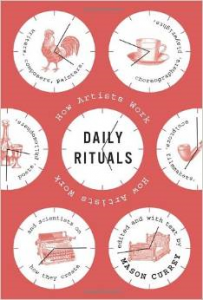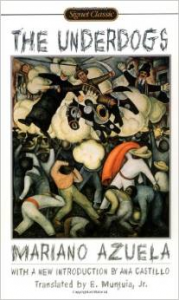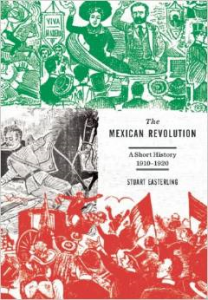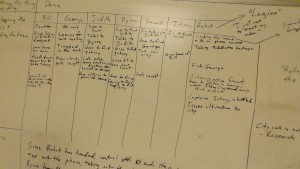Today the silly story I am writing for the kids passed 30,000 words, which seems to be a commonly accepted minimum for dubbing your fiction a “novella”. For reference, Google indicates that Charlotte’s Web is a bit over 32,000 words, while The Lion, the Witch, and the Wardrobe weighs in at 36,000 or so. According to this site, I’m on a course to hit the optimal length for the age range I have in mind.
Without putting a full day or even a half day into it, I can hit 1,000 words per day reliably.  When I throw a full day at it that number goes up to about 3,000 words max. When I need to get a new chapter out and just can’t think of what to do, I take a page from Woody Allen’s playbook as reported in Mason Curry’s Daily Rituals. In Allen’s own words,
When I throw a full day at it that number goes up to about 3,000 words max. When I need to get a new chapter out and just can’t think of what to do, I take a page from Woody Allen’s playbook as reported in Mason Curry’s Daily Rituals. In Allen’s own words,
If I go up and take a shower it’s a big help. So I sometimes take extra showers. I’ll be down here and at an impasse and what will help me is to go upstairs and take a shower. It breaks up everything and relaxes me.
He’s right: the shower always busts up my writer’s block. But this is my favorite quotable quote from Curry’s collection, this time from novelist Joseph Heller, author of Catch-22:
I gave up once and started watching television with my wife. Television drove me back to Catch-22. I couldn’t imagine what Americans did at night when they weren’t writing novels.




